Kidney Failure on Social Media: From Hot Topic to Health and Consumer Concerns
.webp)
According to a report from the Ministry of Health, as of June 2025, Vietnam has more than 10 million people living with chronic kidney disease, with the most concerning issue being the rapidly increasing rate of young patients. Meanwhile, in the first half of 2025, “kidney failure” emerged as a widely discussed topic across social media platforms. There have been over 637,000 discussions, with a sharp surge starting in March 2025 and continuing through July 2025.
In this context, the Buzzmetrics report will analyze the topic of “kidney failure” on social media from three perspectives:
- What factors are driving discussions about kidney failure on social media?
- How are users responding to the topic of kidney failure?
- Which industries may be affected by this topic?
1. The Surge of Discussions About Kidney Failure on Social Media Driven by News Media
From August 2024 to February 2025, discussions about kidney failure remained relatively stable. However, starting in March 2025, conversations on the topic grew significantly and peaked in June. Buzzmetrics’ observations show that media outlets and major news fanpages such as VTV24, Theanh28, and others played a major role in driving discussions about kidney failure.
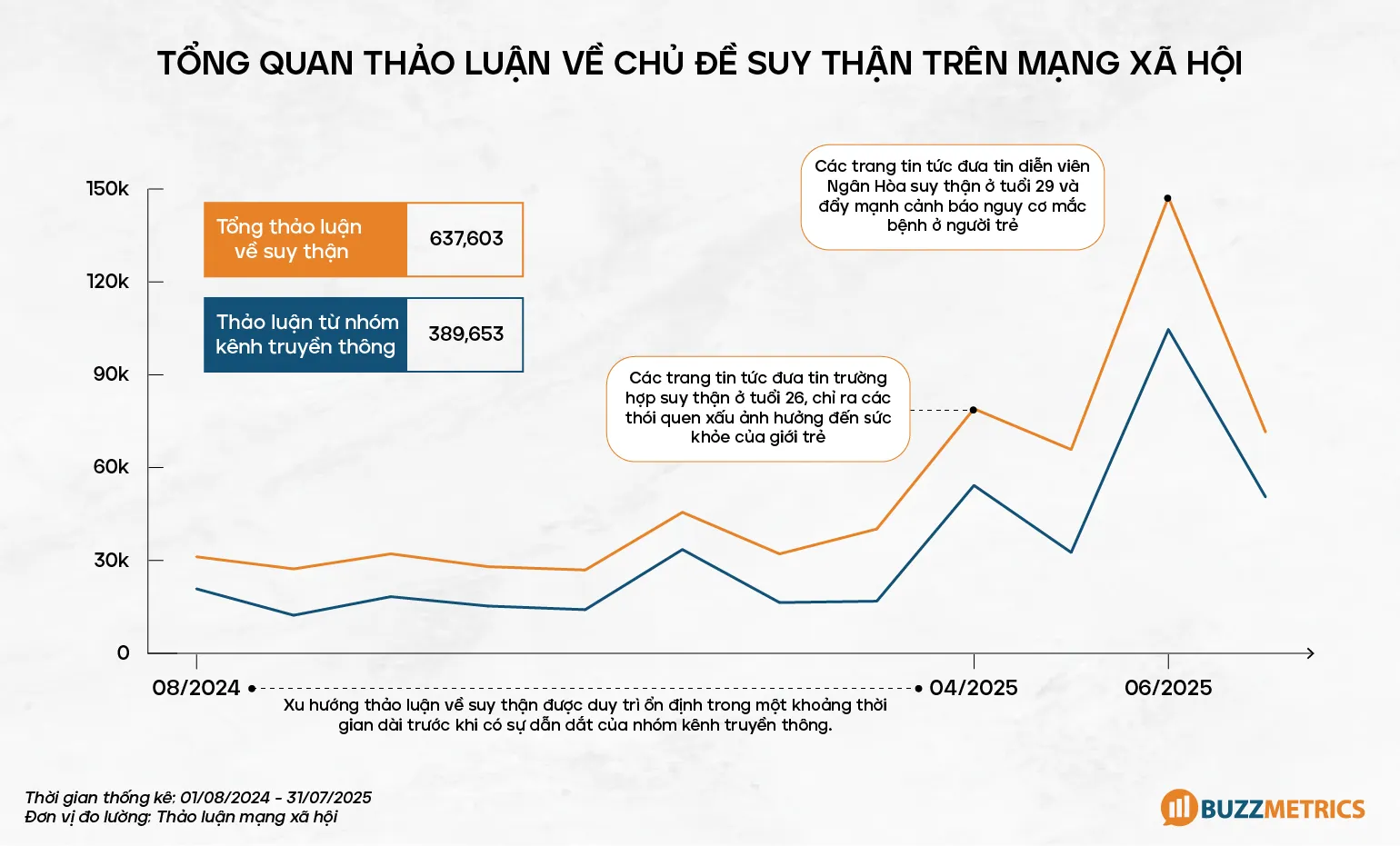
To give a more concrete figure on the role of media channels: 60% of the total discussions about kidney failure came from this group. During the months when discussions on kidney failure surged, the most engaging posts also originated from media channels. These outlets frequently featured stories of individuals suffering from the disease—particularly young people—in order to raise awareness within the community about unhealthy lifestyle and eating habits. Content in the form of “the journey leading to kidney failure” was repeatedly highlighted, generating strong sharing and discussion effects on social media.

Overall, during the one-year survey period, “kidney failure” shifted from being a relatively stable topic on social media to becoming a hot topic, largely driven by strong media coverage, with a particular focus on kidney disease cases among young people. The process of how Kidney Failure became a hot topic can be broken down into four stages:
(1) Individual users share their personal experiences with kidney failure;
(2) Media channels amplify these stories;
(3) Other users take interest and continue to share widely
(4) Health experts provide deeper insights into kidney failure.

The next questions to ask are: Which groups of users are interested in kidney failure? Which groups are most influenced by the media? And how do these users respond?
2. User Discussions About Kidney Failure: Lifestyle as the Key Highlight
Analysis of discussion data shows that there are two major groups of users talking about kidney failure: (1) those who do not have kidney disease but show interest, and (2) kidney failure patients. Among them, group (1) accounts for up to 64% of the total discussions on kidney failure, even though they made up only 11% of discussions in 2024 alone. Notably, 89% of discussions from this user group indicated that media coverage was the driving force behind their growing interest in the topic. This group also clearly demonstrates the shift from a purely medical concern to personal worries about lifestyle.
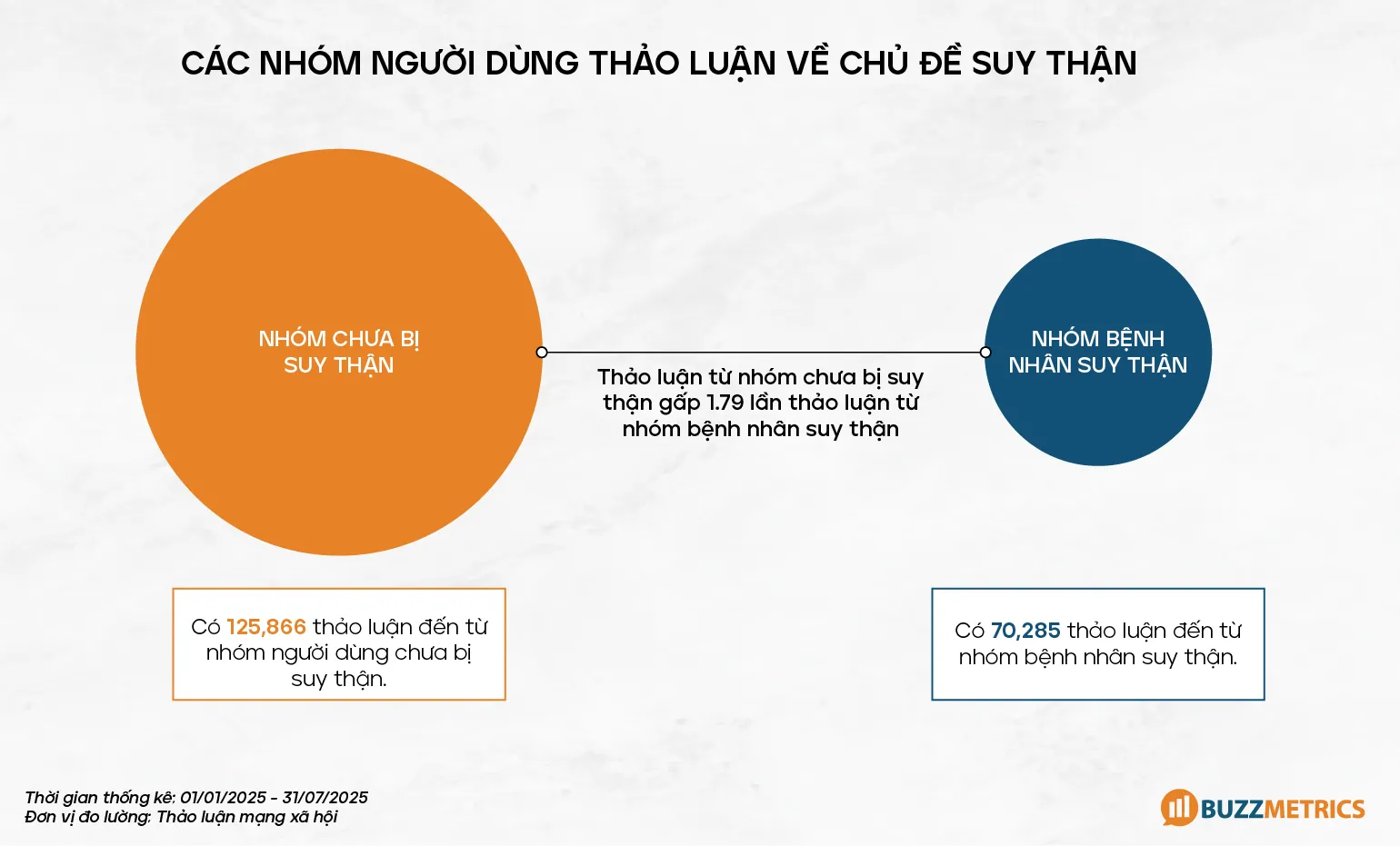
When discussing the causes, most conversations focus on daily eating and lifestyle habits. Specifically: consumption of sweets (55.8%) is the most frequently mentioned factor, reflecting the strong influence of media narratives about the harmful effects of milk tea and carbonated soft drinks. Staying up late (26.7%) stands out as a “bad habit” typically associated with young people. Other factors such as smoking (9.6%), prolonged stress (8.3%), and heavy alcohol consumption (7.4%) are also often linked to kidney failure, showing how concerns have expanded from diet to overall lifestyle.
More “traditional” medical factors such as age (5.5%), obesity (2.8%), or overuse of painkillers (1.7%) account for only a small share, highlighting how the media has successfully shifted the spotlight toward everyday lifestyle choices rather than keeping the narrative centered on specialized medical conditions.

In discussions about prevention, this user group did not focus much on advanced medical interventions but rather on maintaining healthy daily habits. Exercise (45.3%) was the most frequently mentioned solution, indicating a shift from worry to positive action. Getting enough sleep (23.1%) and drinking plenty of water (16.4%) also ranked highly, reflecting interest in simple yet practical adjustments.
More medical-oriented measures such as regular health check-ups (7.9%) or dietary adjustments like reducing sugar, eating less salt, and consuming more vegetables — along with “harder-to-practice” behaviors such as cutting down on alcohol (0.7%) or avoiding meat (0.2%) — were mentioned far less.
This shows that users primarily opt for solutions that are easy to integrate into daily life, while paying less attention to in-depth medical check-ups or difficult lifestyle changes (such as abstaining from alcohol or meat). This reflects an opportunity for healthcare communication and brands: to help transform concern into concrete, long-term actions.
3. Beverages – The Industry Most Frequently Mentioned in the Kidney Failure Conversation
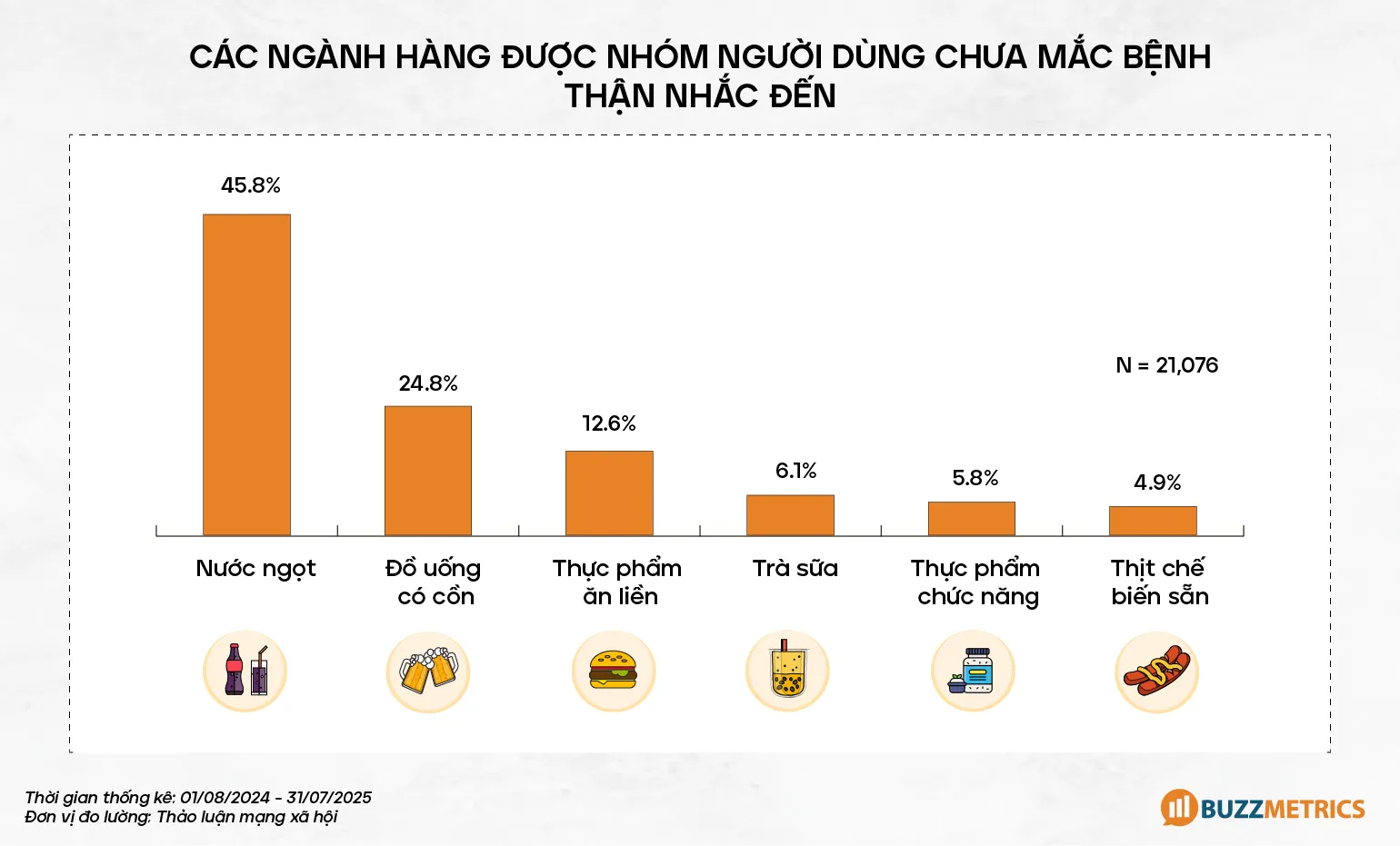
As mentioned in Section 2, when discussing the causes of kidney failure, users did not only refer to medical factors but also directly connected the issue to everyday consumer industries. Popular food and beverage products became the “center of concern.”
- Soft drinks and milk tea: These are the two most frequently mentioned product groups. Users believe that the high sugar and additive content in soft drinks and milk tea can place significant stress on the kidneys, especially with frequent consumption among young people.
- Alcoholic beverages: Consistently associated with risks of “damaging the liver and kidneys,” particularly in discussions warning about unhealthy lifestyles.
- Processed meats: Sausages, cold cuts, bacon, and canned meats are often criticized for their high salt and preservative content.
- Instant foods: Instant noodles, snacks, and fast food are also listed as potential kidney-damaging factors due to their high levels of salt and fat.
It is clear that “kidney failure” is not just a topic confined to healthcare but also a consumer issue, posing challenges for brands. Specifically, brands risk being drawn into negative discussions if their products are linked to harmful health factors. However, this also presents an opportunity for brands to develop product lines or messages in a healthy – safe – health-conscious direction.
For example:
- Pharmaceutical and healthcare brands can leverage consumer interest to promote kidney disease prevention.
- F&B brands can develop low-sugar, low-salt product lines that are more health-friendly.
“Kidney failure” on social media is now a typical example of how media can shape public health concerns. From a medical issue, the conversation has expanded into consumer behavior, directly influencing user perceptions of many food and beverage industries.
For businesses, this presents both a challenge in terms of image risk and an opportunity to reposition products toward being healthier, safer, and more closely aligned with health and wellness values—something that consumers are paying more attention to than ever before.
Article Information










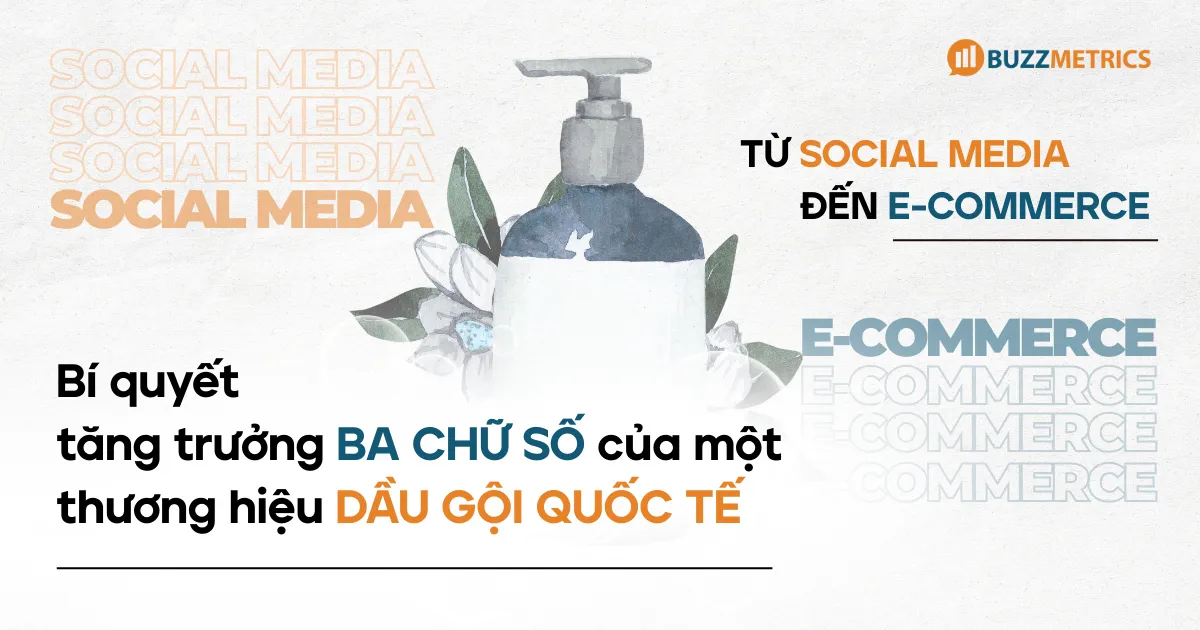



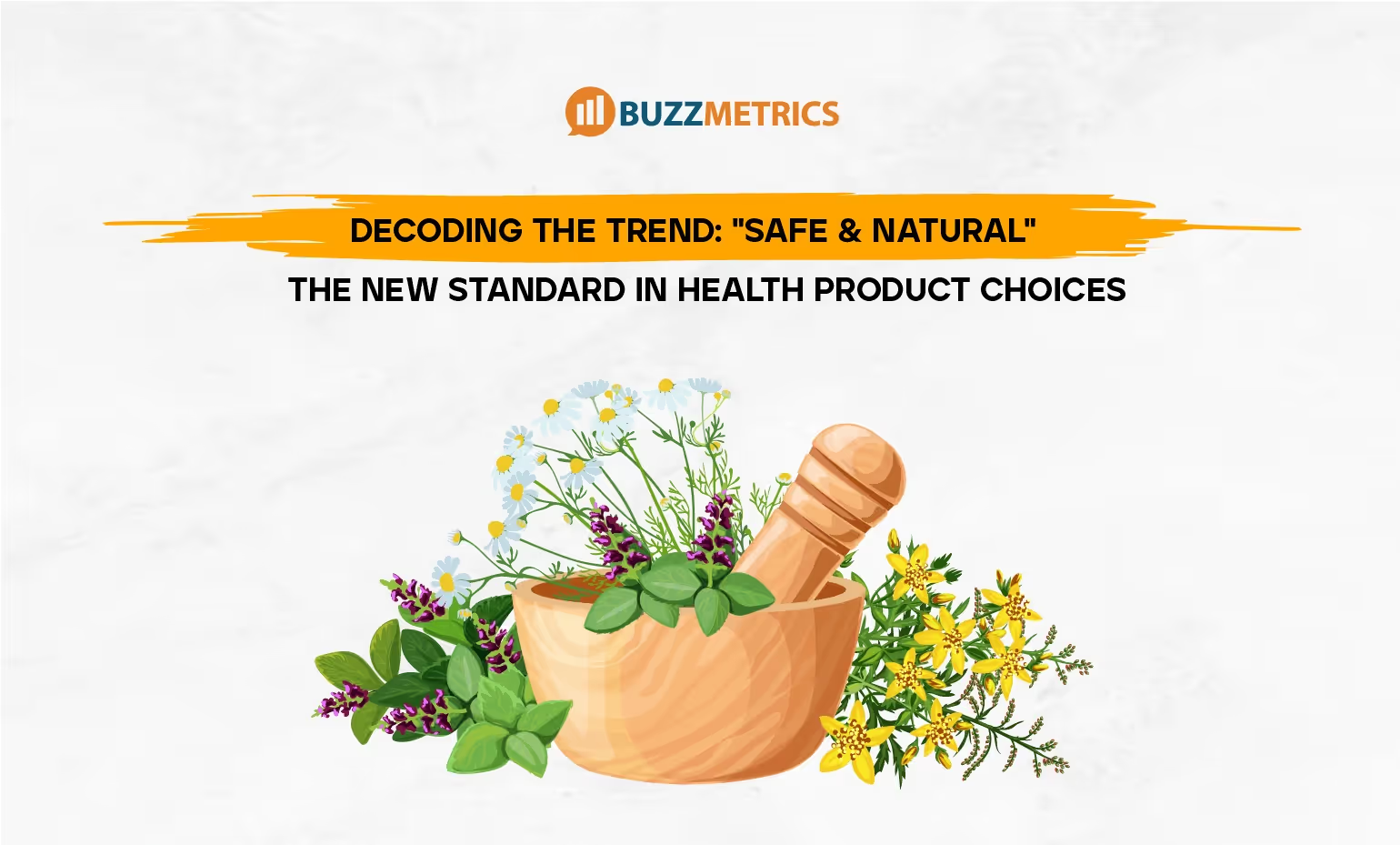
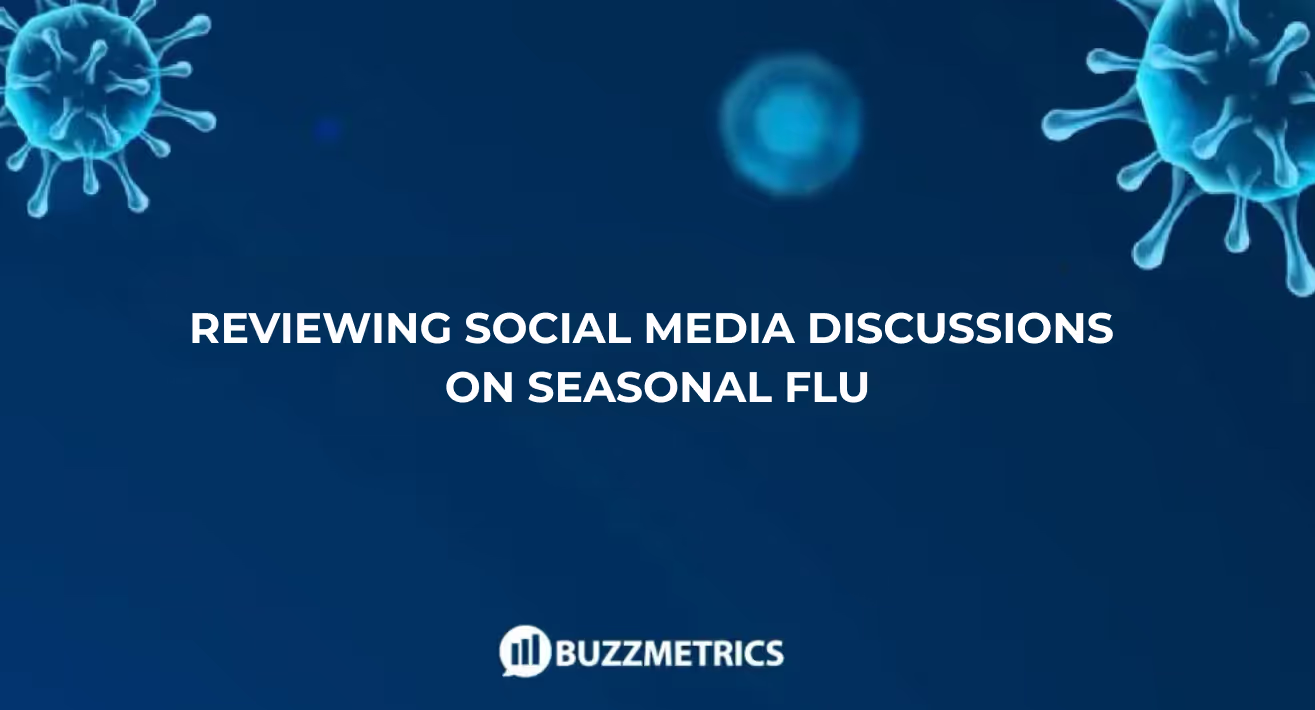
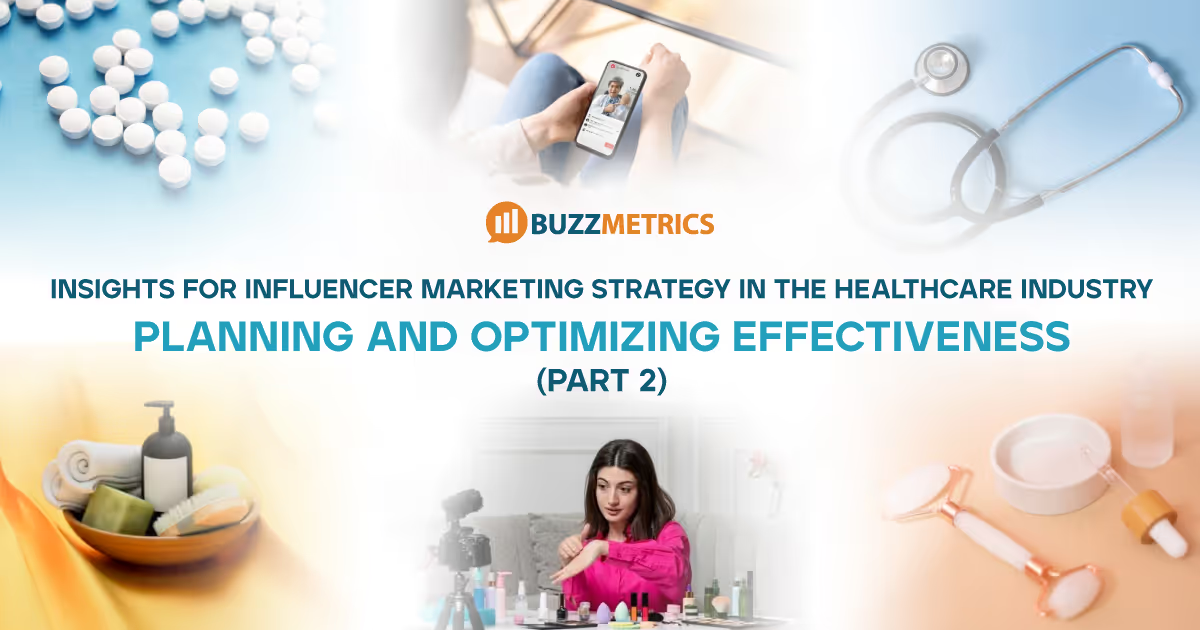





_11zon.avif)






